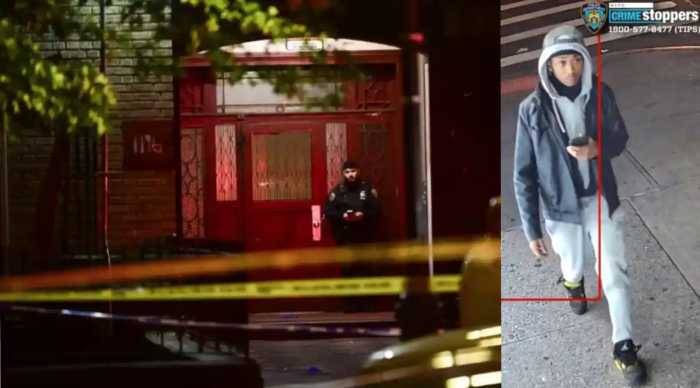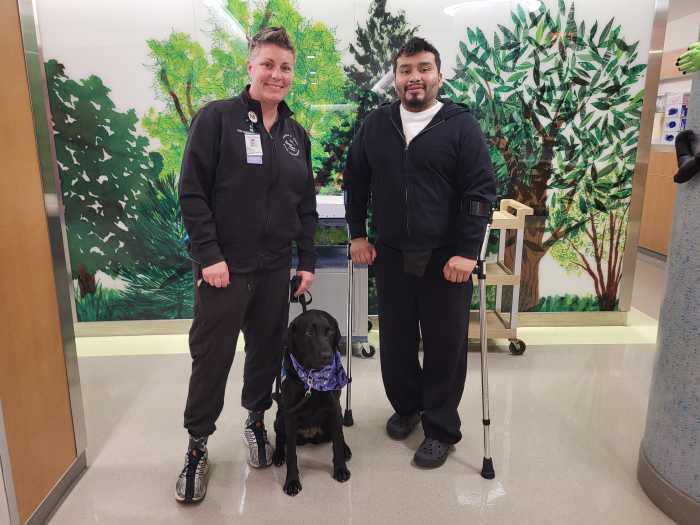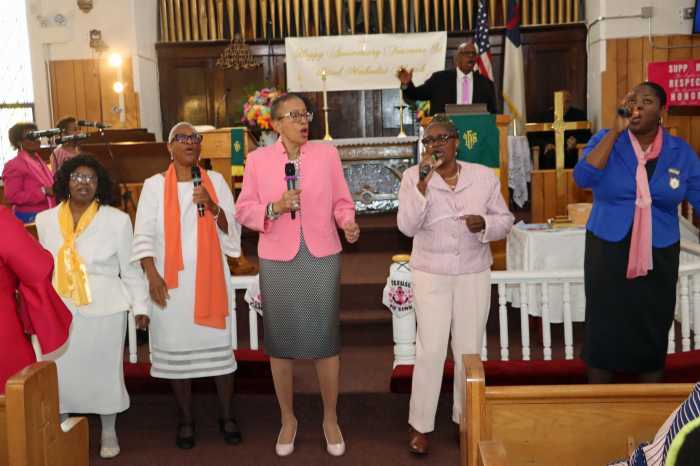As we look back on history this month and mark Stonewall’s 50th anniversary, the newly restored 1984 documentary, “Before Stonewall” chronicles “the making of the gay and lesbian community.” The film, directed by Greta Schiller, co-directed by Robert Rosenberg, and executive produced by John Scagliotti, traces LGBTQ visibility and identity as well as homophobia in America up to the landmark riots. Through film clips, photographs, and interviews with prominent members of the queer community — Harry Hay, Barbara Gittings, Allen Ginsberg, among others — as well as everyday gay and lesbian folks, “Before Stonewall,” narrated by novelist Rita Mae Brown, shows how the queer community evolved, sometimes in secret.
The filmmakers play up and break down stereotypes, describe activist efforts and same sex-affections and attractions, and document queer rebellion and civil disobedience and the way social attitudes changed decade by decade — or how they needed to change. The result is an empowering history lesson.
Gay City News chatted with Schiller and Rosenberg in a recent phone call about their film.
GARY M. KRAMER: “Before Stonewall” provides a history lesson of queer life through the lens of art, culture, politics, and society. Can you talk about the decade-by-decade approach to show LGBTQ visibility?
ROBERT ROSENBERG: We were focusing on the 20th century, based on the research John D’Emilio and Allan Bérubé’s [who later wrote “Coming Out Under Fire” about gay soldiers in World War II] did. It made sense to look at pre-World War II, Word War II and the ‘50s, and then the ‘60s leading up the riots as the climax. It’s three acts. But we veer away from that with the butch/ femme culture section that is not geared to any year. We went back and forth, but we were talking about each decade to bring the audience along and see how these radical queer activists didn’t just spring to life in whole cloth — it was the political, social, and culture changes that led to the Stonewall riots.

KRAMER: Can you talk about incorporating the film clips, photographs, and other materials you use to illustrate each time period?
GRETA SCHILLER: We had the idea to make the film about the homophile movement, but it became very clear once we got funding that we wanted to go from turn of the century to the riots — that’s when homosexuals began to have a cultural identity. There wasn’t any archive to look up gay life in the ‘50s, so the research director, Andrea Weiss, came up with strategies, spending hours in the National Archives. She would pore over material. One example she gave, of the men exercising in World War II — who’s to say the men filming them weren’t gay? It was so homoerotic! So instead of looking at gay bar raids, Andrea looked for undesirables, drag queens, perverts, and police raids. She joked she was a missing persons bureau organizing things. She also had to convince folks that their snapshots were history to let us use an image.
ROSENBERG: There were some community-based LGBTQ archives. They didn’t have movie images, but they did have lots of photos and activist magazine covers. The more personal fill-in stuff we got from the community, but the movie images were difficult.
SCHILLER: Vito Russo, who found every queer representation in Hollywood film, was tight with Andrea and gave her the nightclub [film] clip with the swishing guys and the lavender cowboys scene.
KRAMER: There were several examples of censorship issues—books and films in the ‘20s and ‘30s, as well as “Howl” in the ‘50s. What can you say about the suppression of queer culture?

ROSENBERG: One of the challenges was a lawsuit about being able send [queer] material through the mail. Allen Ginsberg won a similar lawsuit.
SCHILLER: I remember talking to Barbara Grier who was active in The Ladder. She told a story about how hard it was to get women to have their photo on the cover or inside their magazine. Communists were also closeted at the time; people outside the party didn’t know they were in the party, even though they were leaders. Homosexuals, same thing. They were closeted but out. It’s a weird thing.
ROSENBERG: Lorraine Hansberry wrote for The Ladder under a pseudonym. For the majority of people, it was repressive and dangerous. We need to remember that and honor that as well.
KRAMER: What were your criteria for whom to interview — the film features a mix of well-known and unknown people? How did you find them and get them to agree to discuss their lives and work?
ROSENBERG: I contacted lots of people asking if they you knew people over 70. That’s how I found Ted Rolfs, who makes the comment, “From Stonehenge to Stonewall.” He volunteered at the San Francisco Community Center. He was a real find and not on the radar of historians. José Sarria, Harry Hay, and Audre Lorde, we sought out.

SCHILLER: When we started the project, we put ads in print media and sent out press releases. We wanted people to be geographically dispersed as well: Los Angeles, San Francisco, Seattle, Chicago, and New York. We had local researchers. We’d put a call out that we were looking for this or that and we’d pre-interview folks so we could find the best people to represent a story from each decade. Donna — who talks about her girlfriend being put in a mental institution — we were in her house and she was flirting like crazy with Andrea. Andrea used her charm to get Donna to let us use her photographs. We had to seduce people to be on camera.
KRAMER: What are your thoughts on how things have changed in the 35 years since you made the film?
ROSENBERG: Ironically, I think that that moment in 1983, making the film, is now a historical moment for millennials — it’s before they were born.
BEFORE STONEWALL | Directed by Greta Schiller; co-directed by Robert Rosenberg | First Run Features | Opens Jun. 21| Quad Cinema, 34 W. 13th St.; quadcinema.com

















